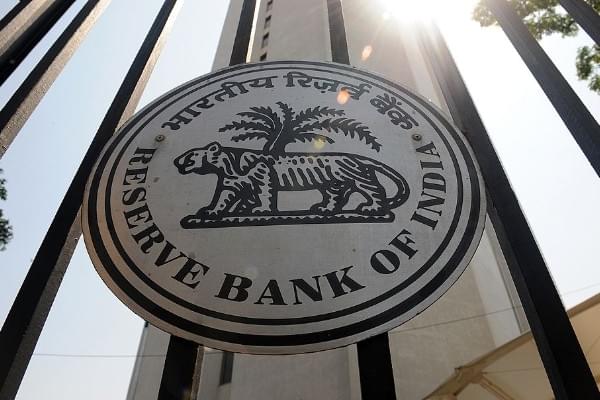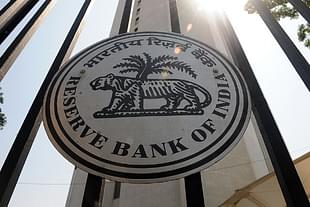Economy
Truce With FinMin Is Possible If RBI Uses Its Capital To Launch A Limited QE For NBFC Bailout
R Jagannathan
Oct 31, 2018, 03:29 PM | Updated 03:29 PM IST
Save & read from anywhere!
Bookmark stories for easy access on any device or the Swarajya app.


With ties between the Reserve Bank of India (RBI) and the government reaching a new low, Finance Minister Arun Jaitley could have avoided adding to the sense of conflict by asking how the RBI allowed indiscriminate lending from 2008-14.
At a conference attended by many American companies yesterday (30 October), Jaitley said: “During 2008-14, after the global economic crisis, to keep the economy artificially going, banks were told to open their doors and lend indiscriminately... The central bank looked the other way. I am surprised that at that time the government looked the other way, the banks looked the other way. I do not know what the central bank was doing. It was a regulator of these. They kept pushing truth below the carpet.”
While this is obviously true, it does nothing to end the war of words, started by Deputy Governor Viral Acharya last week, or to resolve the issues the government thinks the RBI has been loath to do.
Instead, we are hearing talk that the government may issue directives to the RBI under Section 7 of the RBI Act to get its way. This section allows the government to “give such directions to the bank as it may, after consultation with the Governor of the Bank, consider necessary in the public interest”.
The government has so far sought only consultations under Section 7, and clearly the solutions should lie in these consultations.
Two key issues on which the government is unhappy with the RBI are the latter’s inadequate response to the Non-banking Financial Company (NBFC) cash flow crisis, and the refusal to enable weak banks to start lending. The RBI, for its part, is miffed that the government may be about to ask it to give back surplus capital to the government, so that these things can be funded.
Actually, if the two ever get to talking out their issues, the answer may lie with the RBI. There is no need to gift the government some of its excess capital, but it can still use its reserves to help banks and NBFCs.
The numbers are simple: the RBI (see the annual report here), according to its 2017-18 accounts, has about Rs 232,100 crore in the contingency fund, and another Rs 22,800 crore in its asset development fund. These are essentially ploughed-back profits from previous years, and kept for a rainy day.
A larger sum of nearly Rs 7 lakh crore remains in the revaluation reserves, and should not be touched since these are funds that have resulted merely from the higher valuations of gold or foreign exchange held as reserves. If the valuations fall, these reserves will dwindle.
It is the contingency fund that the government is eyeing for use to recapitalise banks and help NBFCs tide over the funds crunch. According to an Economic Times report, about Rs 50,000 crore of commercial paper issued by NBFCs will fall due by 9 November, and if there is even one default, the markets could start panicking. It is probably this that the government wants to avoid, and is miffed that the RBI is not playing ball, or allowing banks that are languishing in its ICU—also called prompt corrective action (PCA)—to resume lending. Some 11 public sector banks are in PCA.
The simple way out for the RBI is to not give government the money and yet do its bidding by starting a limited QE—quantitative easing. In a QE, the RBI will buy securities from banks, thus injecting cash into their tills. This money can be lent further to bankable NBFCs, and/or used to buy some of their better assets.
If some of these assets turn out to be bad, the RBI can share these losses with banks or the government. Given its large contingency fund, it can afford to take this hit, assuming it is even needed. By doing so, it will be helping out the government tide over the NBFC crisis, and yet keep its liabilities/assets on its books, but with the possibility of a slight impairment.
A Rs 50,000-100,000 crore QE to stave off an NBFC crisis is not a big deal for the RBI. It is better than trying to defy the government endlessly when a financial crisis is staring us in the face.
Jagannathan is former Editorial Director, Swarajya. He tweets at @TheJaggi.




